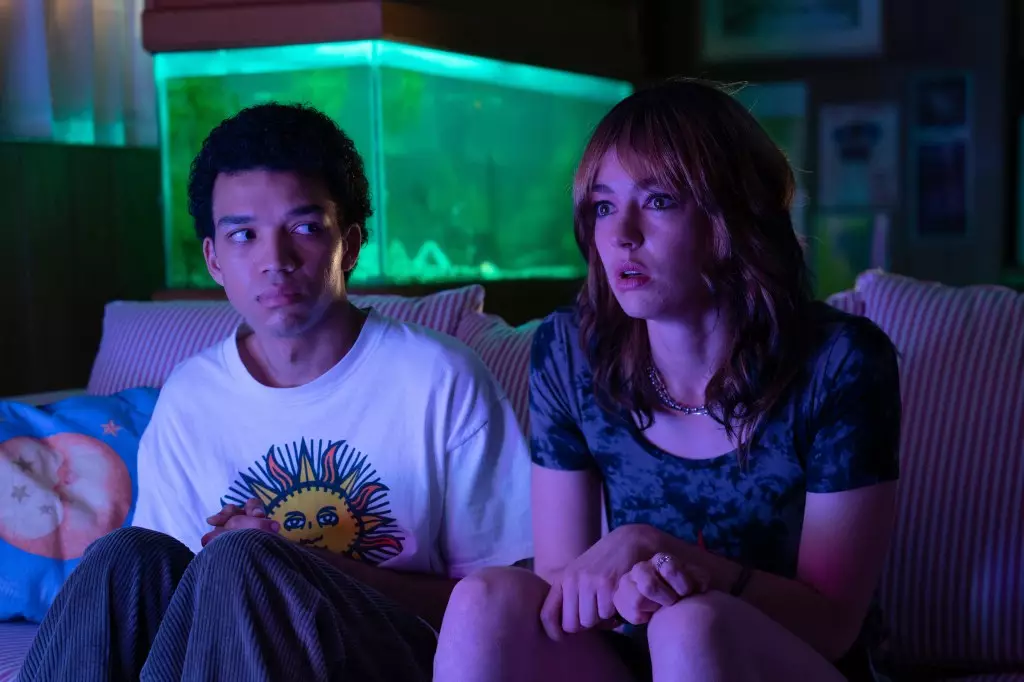The recent success of A24’s “I Saw The TV Glow” marks a significant turning point in the specialty market, providing a glimmer of hope after a lackluster April. Jane Schoenbrun’s ’90s era trans coming-of-age horror-thriller made an impressive debut, grossing $116.3k at four theaters in New York and LA. With a per screen average of $29k, the film’s unique storytelling and captivating performances drew in audiences, setting the stage for a wider release in selected top markets.
Directed by emerging talent Jane Schoenbrun, “I Saw The TV Glow” is only their second project following the success of “We’re All Going To The World’s Fair.” Premiering at Sundance, the film generated buzz with multiple sold-out Q&As and strong exit polls. Backed by producer Emma Stone under her Fruit Tree Banner, the film follows the story of Owen (Justice Smith) as he navigates the challenges of suburban life. The introduction of a mysterious late-night TV show opens a portal to a supernatural world, blurring the lines between reality and fantasy.
In addition to “I Saw The TV Glow,” other indie films have made waves in the limited release circuit. Oscilloscope’s “Wildcat,” directed and co-written by Ethan Hawke, stars Maya Hawke as Flannery O’Connor and explores the life of the literary icon through a unique lens. With strong engagement from key talent and a targeted marketing campaign, the film saw a successful opening weekend on four screens in NY/LA.
Meanwhile, Sideshow/Janus Films’ release of Ryusuke Hamaguchi’s “Evil Does Not Exist” delves into the disruption caused by developers in a rural Japanese hamlet. The film, which premiered on three screens in NYC and LA, offers a poignant commentary on the clash between tradition and modernity.
While some indie films like “I Saw The TV Glow” have found success, others, like GKIDS’ animated sci-fi “Mars Express,” have struggled to gain traction with audiences. Despite a wide release on 250 screens, the film’s debut fell short of expectations, highlighting the unpredictable nature of the indie film landscape.
The recent limited openings in the specialty market showcase the diversity and creativity present in indie filmmaking. From thought-provoking narratives to captivating performances, these films offer audiences a unique viewing experience that is often missing in mainstream cinema. As these films continue to expand to new markets and reach wider audiences, they have the potential to challenge traditional storytelling conventions and redefine the future of independent cinema.

